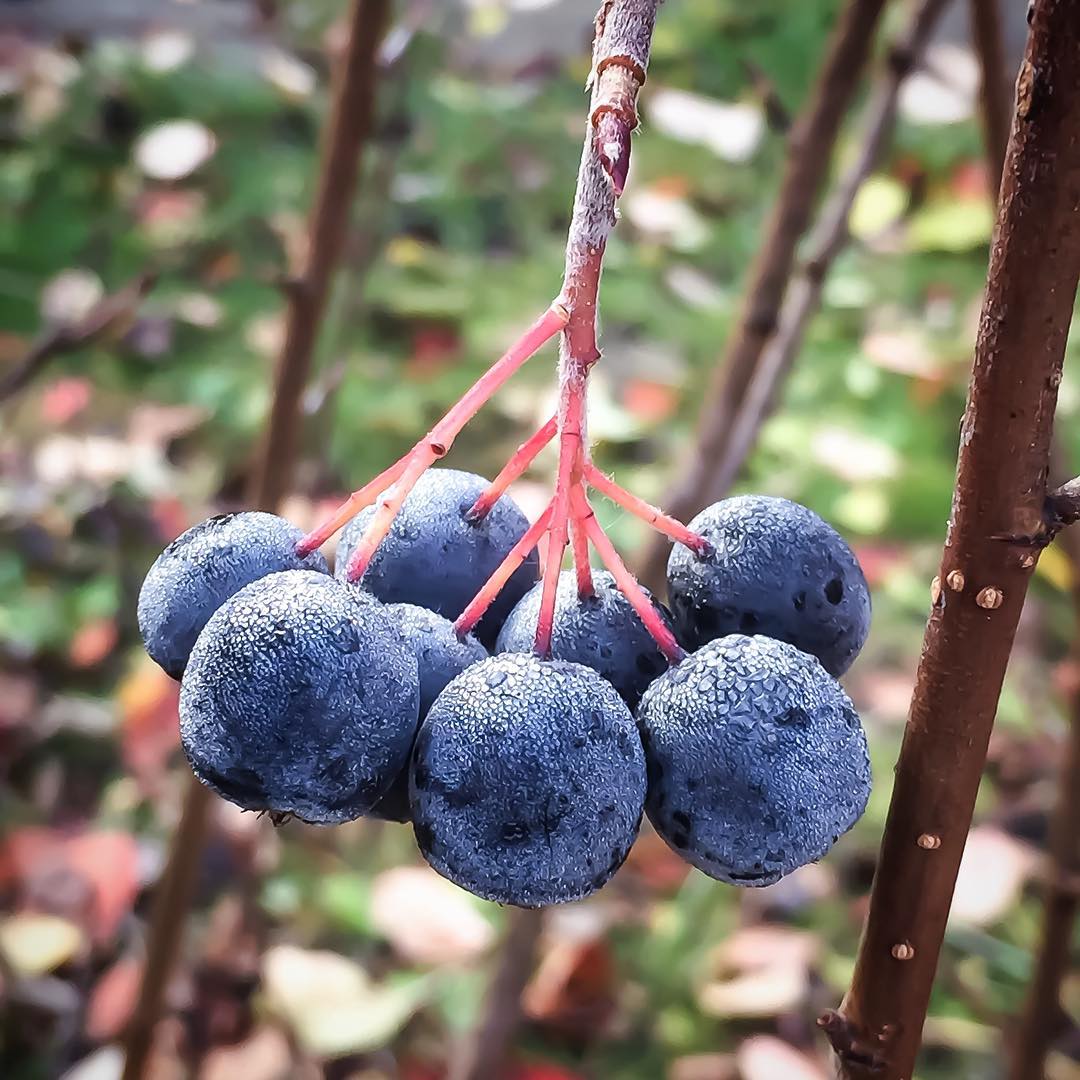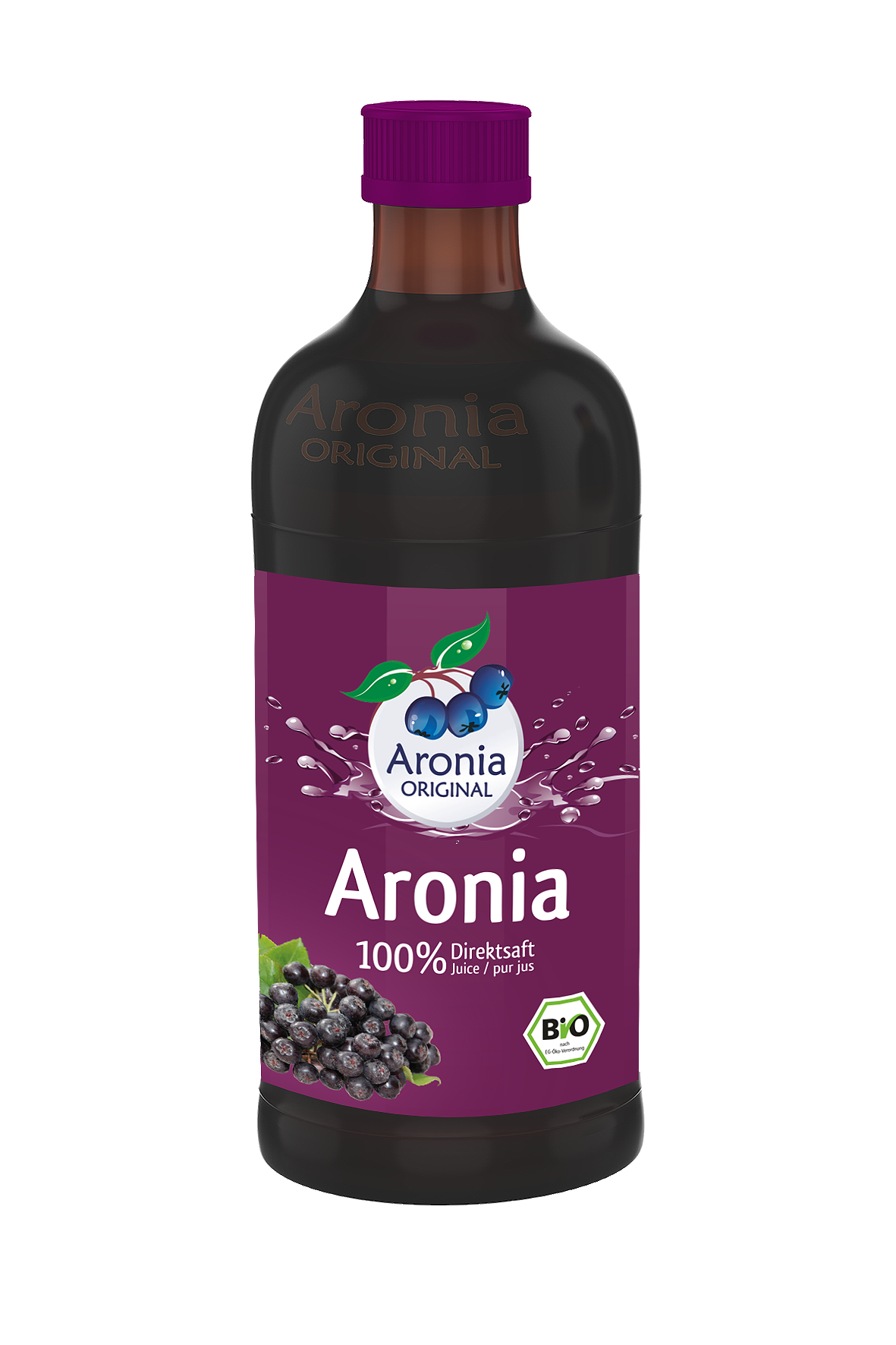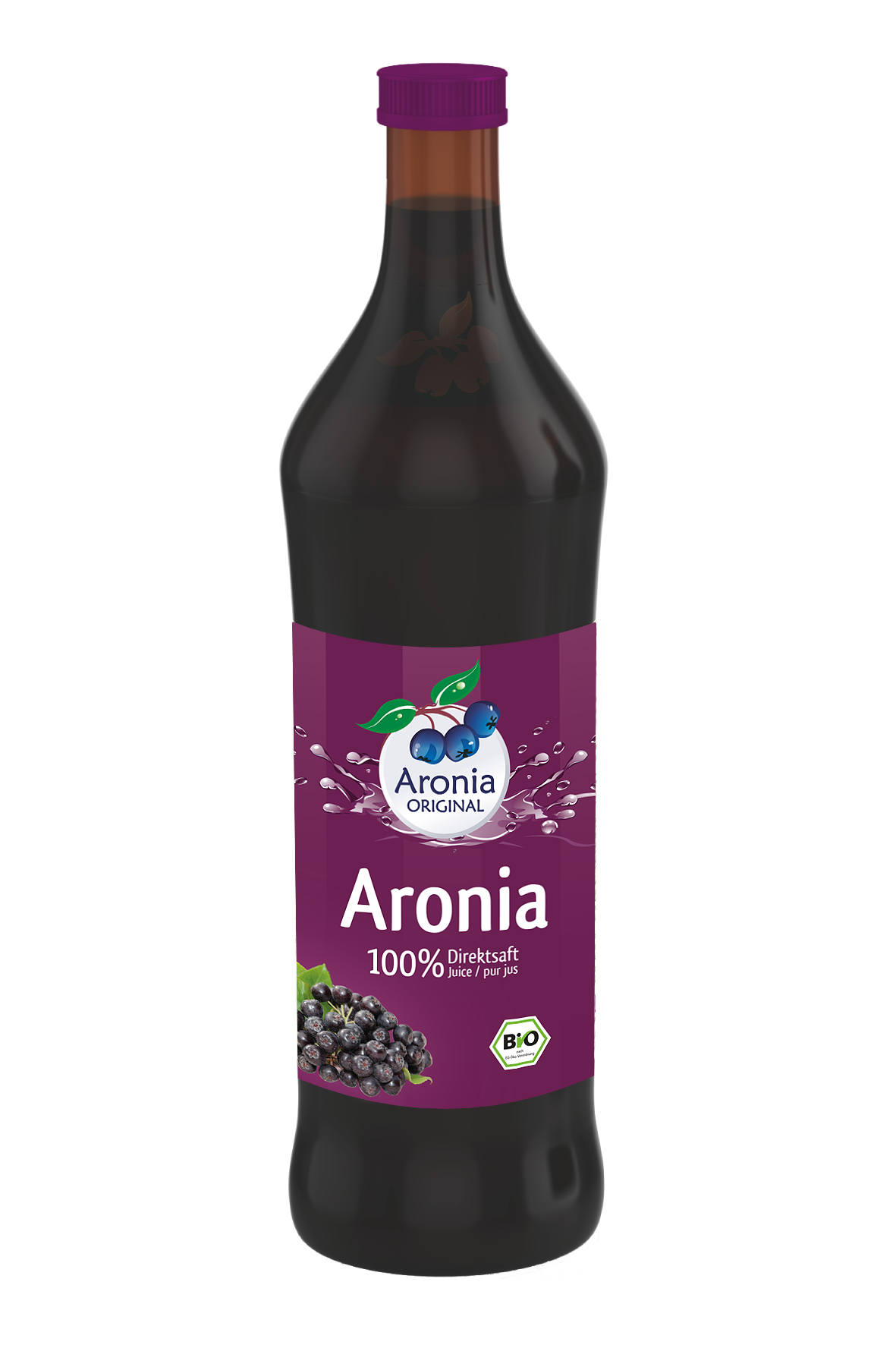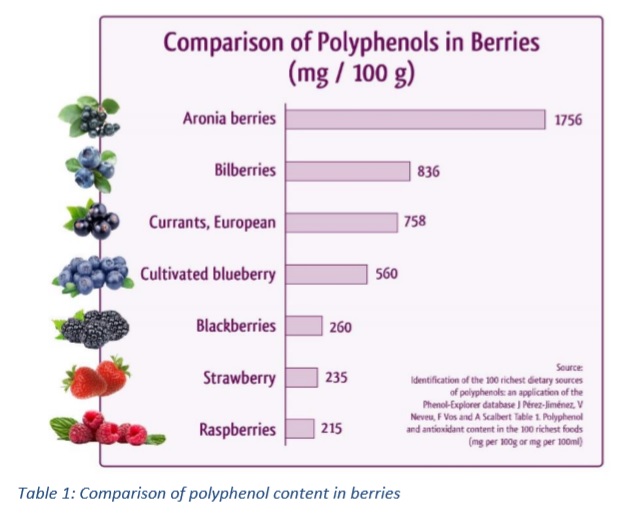PRESS RELEASE Aroniabeere e.V.
Prevent and Treat Summer Flu Naturally with Aronia
July 2019:
Cough, exhaustion and fever… not exactly the way you plan on spending your well-earned vacation or summer holidays. Health experts have discovered the illness commonly described as “summer flu” or “leisure sickness” can be treated and prevented with the precious and native aronia berry. Aroniabeere e.V. explains how we only need to drink 100 ml of aronia juice every day to stay well protected throughout the summer.
Summer flu, common cold or leisure sickness?
Unlike the name suggests, summer flu is more of a flu-like infection or common cold than actual influenza. Some of the classic symptoms of summer flu are a sore throat, headache and aching limbs. However, additional common symptoms include gastrointestinal complaints, and this sets summer flu apart from the disease in winter. Summer flu is triggered by viruses entering the body via mucous membranes, which are usually dried out by air conditioning systems. When people are exposed to a great deal of stress outside the holidays and suddenly fall ill at the beginning of their vacation, doctors refer to this as “leisure sickness”.

Home remedies or medication?
The acute phase of both summer flu and leisure sickness tends to last three days. Before taking any combination drugs from the medicine cupboard, those affected should make sure they get enough rest, fluids and a high amount of natural nutrients.
Aronia juice prevents summer flu



Of the many native berry varieties in Germany, aronia has the highest content of blue-violet plant pigments, or “polyphenols” (see Table 1). Polyphenols stand out for their huge potential as radical scavengers and help the body make better use of vitamins (e.g. vitamin C). This means they naturally strengthen the body’s defence system. We only need to drink 100 ml of the sour aronia juice to protect our immune system in summer. As the precious ingredients of the aronia berry remain in the body for around 27 hours, the juice should be consumed on a daily basis.
If you’re feeling ill, the experts at Aroniabeere e.V. recommend a daily intake of 150 ml as a form of treatment. You should start by mixing the juice with the same amount of water and drink it after meals, as the tannins in the aronia berry might otherwise affect your stomach. When choosing the right health juice, you should look for regional and organic products which are usually found in health food shops.
Aronia tea contains precious nutrients and can also be a soothing treatment: Just pour 100150 ml aronia juice into a mug with 200 ml of boiling water, then add lemon juice and a spoonful of good honey to taste. This soothing aronia tea should be drunk in small sips while it’s still warm. As the secondary plant substances that give the aronia berry its healing effect can withstand temperatures of up to 180°C, the tea is soothing and effective at the same time.
If your symptoms persist for over three days or suddenly get worse, however, you should consult a doctor.

Table 1: Comparison of polyphenol content in berries
Soon we’ll also be able to enjoy fresh aronia berries with natural vitamin C. The dark violet health berries can usually be picked from mid-August onwards.
Academic studies in this field:
Immune system
- Badescu, M. (et al.): Effects of Sambucus nigra and Aronia melanocarpa extracts on immune system disorders within diabetes mellitus. 2015. Available online: https://www.ncbi.nlm.nih.gov/pubmed/25327310. Last updated: February 2019. - Xu, J., Mojsoska, B.: The immunomodulation effect of Aronia extract lacks association with its antioxidant anthocyanins. 2013. Available online: https://www.ncbi.nlm.nih.gov/pubmed/23566059. Last updated: February 2019.
Influenza
- Parks, S. (et al.): Aronia melanocarpa and its components demonstrate antiviral activity against influenza viruses. 2013. Available online: https://www.ncbi.nlm.nih.gov/pubmed/24012672. Last updated: February 2019. - Kokotkiewicz, A. (et al.): Aronia plants: a review of traditional use, biological activities, and perspectives for modern medicine. 2010. Available online: https://www.ncbi.nlm.nih.gov/pubmed/20170359.Last updated: February 2019.











